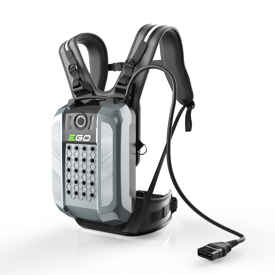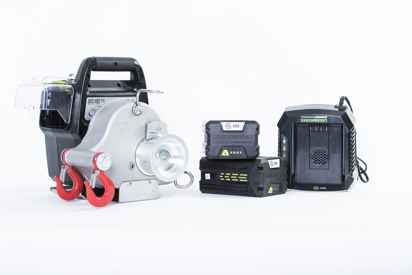- Lawn care and snow tips
-
When is the best time to trim hedges?

When is the best time to trim hedges?
Having a beautiful hedge surrounding your property or yard is truly fortunate. To enhance the attractiveness of your landscape, regular trimming is necessary at specific times of the year, each serving different purposes. Here are some guidelines on when and how to effectively trim hedges.
Trimming Overgrown Hedges
If your hedge has grown to a considerable height, it will eventually need trimming to comply with the height regulations set by your municipality. It's important to note that these regulations can vary from one city to another, so it's essential to inquire about the specific rules in your area. For this outdoor maintenance project, it's recommended to use an extended hedge trimmer with an articulated cutting head, designed for reaching taller hedges. It's worth mentioning that several battery-powered hedge trimmers offer this convenient feature. In addition, these devices provide other notable advantages, including:
- An adjustable handle for a comfortable grip.
- The ability to trim thick branches, some up to an inch or wider.
- Quality steel blades that are easy to maintain and sharpen.
- A brushless motor for enhanced durability and longer battery life.
Trimming for Cleanup
When it comes to the recommended timing for hedge trimming, performing a cleanup trim in spring is advisable. This involves removing dead or broken branches and aims to tidy up the hedge in preparation for the upcoming season.
Maintenance or Formative Trimming
A second trimming session should ideally take place between late June and mid-August, extending until the end of September. During this period, focus on trimming the edges of the hedge, aiming for a trapezoidal shape with a wider base and narrower top. This allows sufficient light to reach the lower part of the hedge. Additionally, it's best to avoid creating a flat surface on the top to prevent branches from opening under the weight of snow or ice. When trimming the hedge, aim to cut back around half to one third of the new growth. This approach promotes denser growth during the growing process. Note that trimming wood that is older than two years on a conifer hedge is not recommended since conifers do not regenerate from old wood.
Avoid Extreme Temperatures for Hedge Trimming
As mentioned indirectly through the previous trimming periods, it's important to avoid hedge trimming during heatwaves or extremely cold days. If you're interested in purchasing a high-performing cordless hedge trimmer, take a look at our wide range of products!











